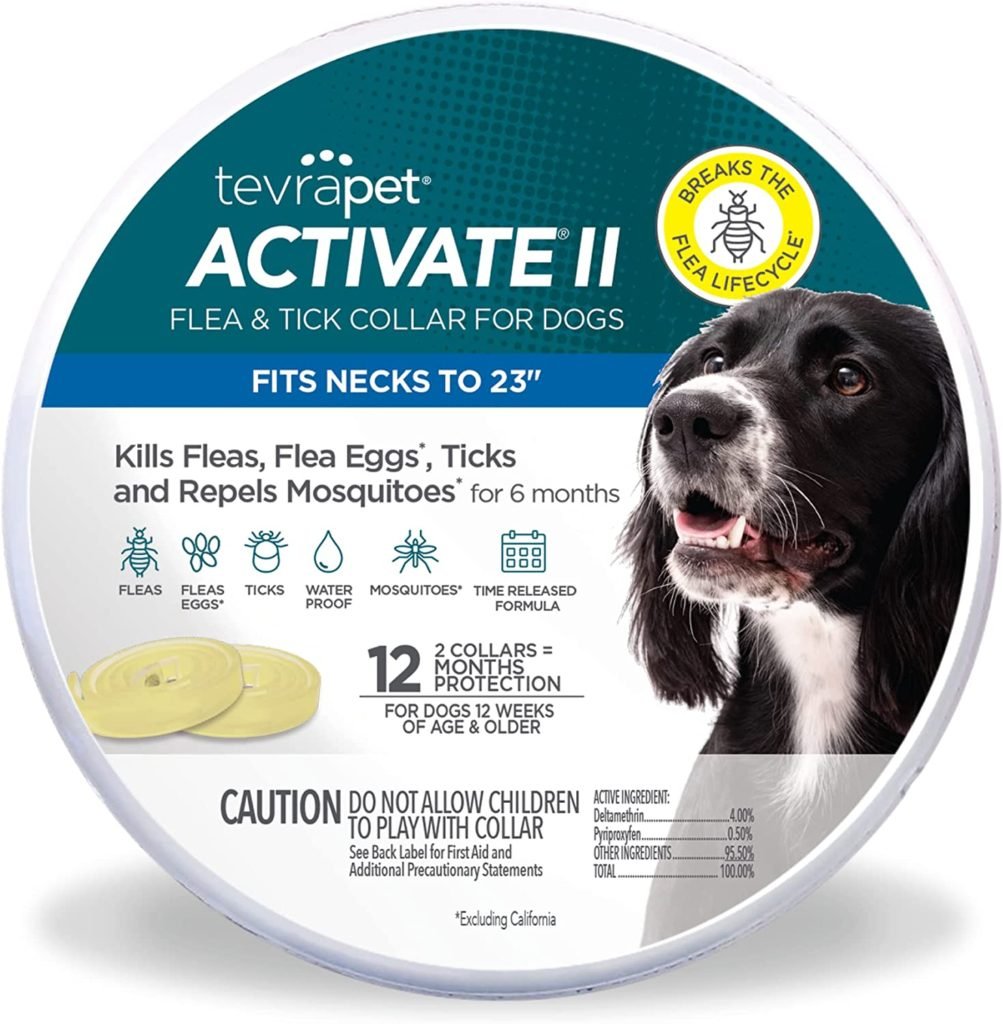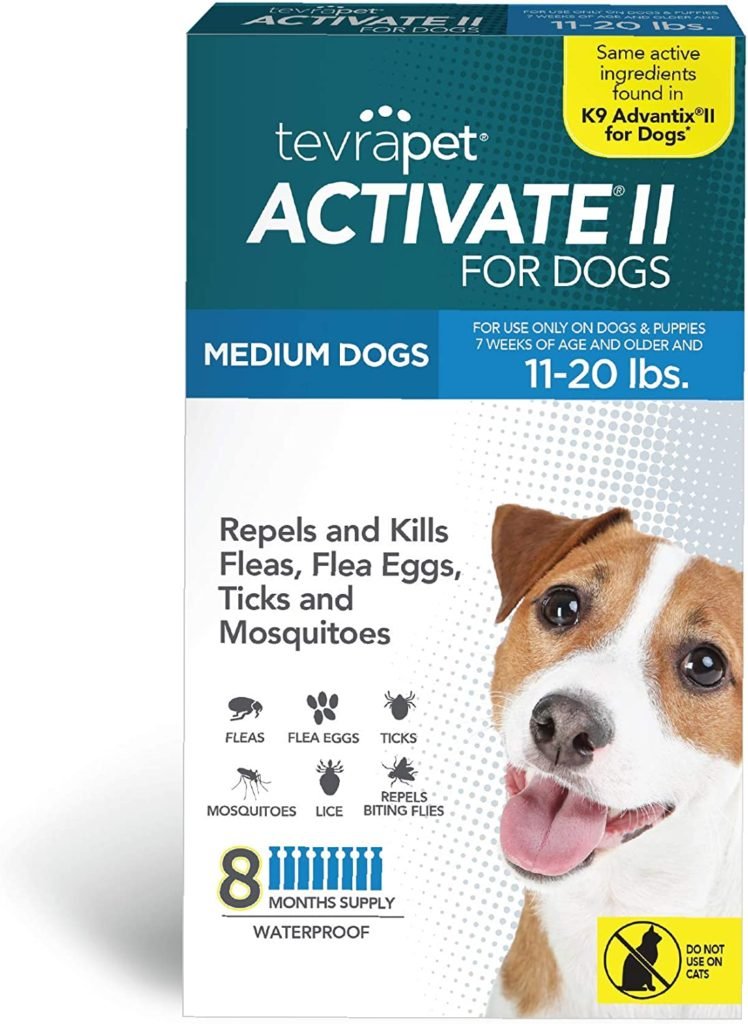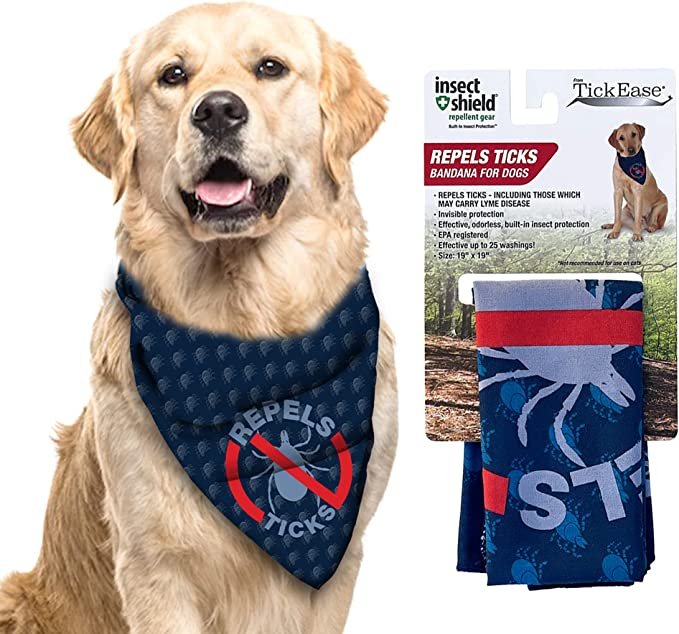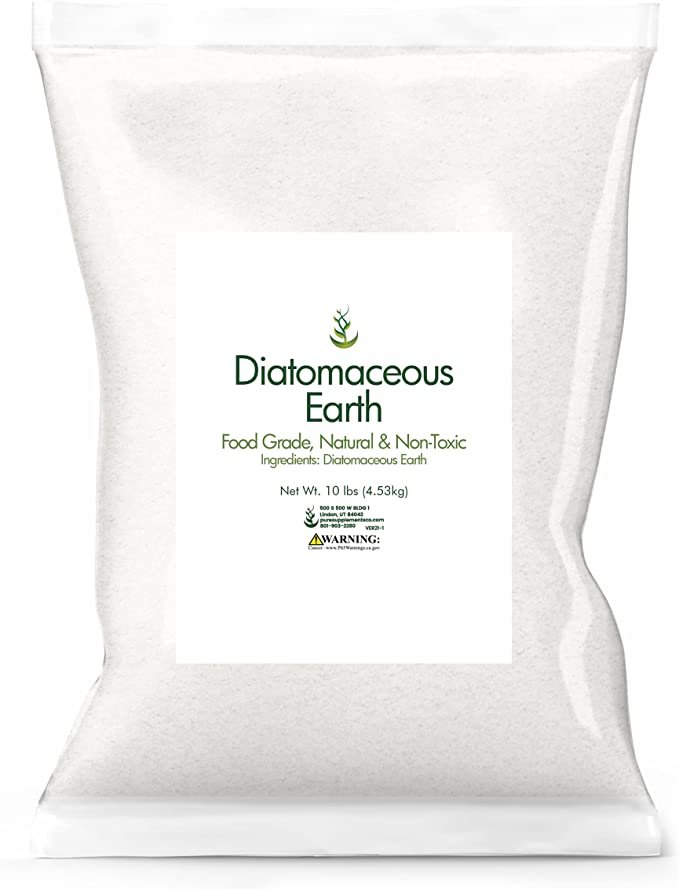Fleas can be a significant problem for dogs, causing irritation, skin infections, and even anemia in severe cases. As a responsible pet owner, preventing and treating fleas in your dog is essential. This article will provide an overview of fleas and how to protect your furry friend from these pests.
What are fleas?
Fleas are small, wingless insects that feed on the blood of mammals, including dogs. They are about 1/16 to 1/8 of an inch in size and are reddish-brown. Fleas reproduce rapidly, laying their eggs on the host animal (in this case, your dog) or the surrounding environment. The eggs hatch into larvae and eventually become adult fleas, starting the cycle again. Fleas can spread quickly from one animal to another, making it essential to take preventive measures to protect your dog.
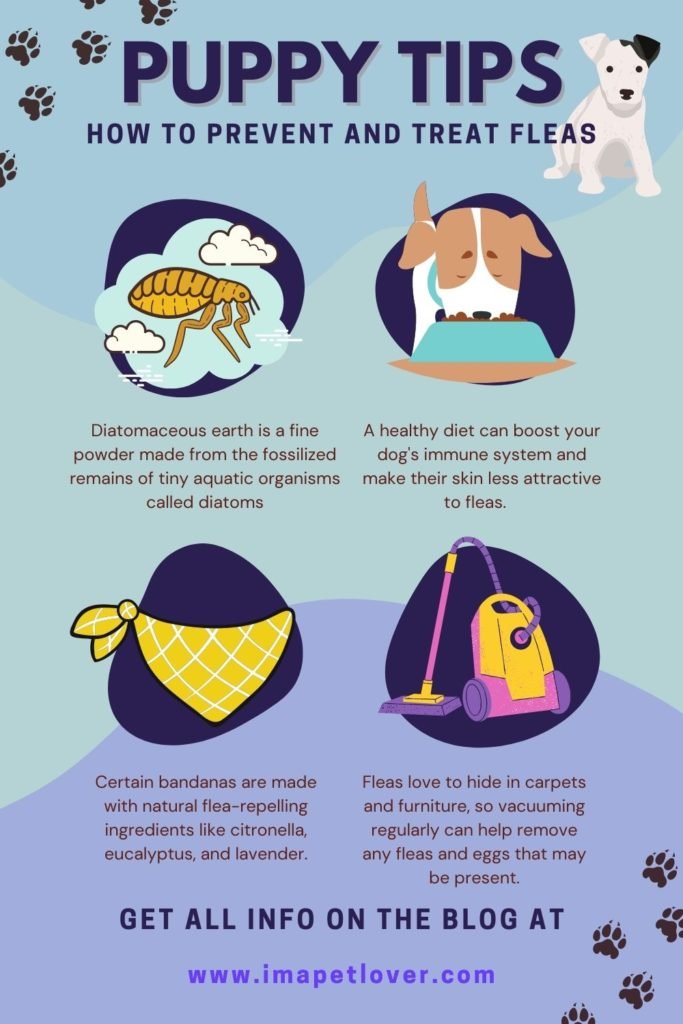
Symptoms of fleas in dogs
If your dog has fleas, you may notice the following symptoms:
- Itching and scratching: Fleas can cause intense itching and scratching in dogs as they bite the skin to feed on blood. That can lead to hot spots (irritated skin) and infections.
- Anemia (in severe cases): If your dog has a large infestation of fleas, it may develop anemia due to blood loss. That can lead to weakness, fatigue, and other health problems.
How to prevent fleas in dogs
There are several steps you can take to prevent fleas in your dog:
- Regular grooming and bathing: Grooming your dog regularly and bathing them at least once a month can help to remove fleas and eggs from their coat. Be sure to use a flea-specific shampoo containing pyrethrin or pyrethroid to kill fleas on contact.
- Use of preventative products: There are several products available that can help to prevent fleas in dogs, including flea collars, pipettes, sprays, and topical medications. Be sure to follow the instructions for these products carefully, as some may be toxic to cats.
- Keep the house clean and vacuum regularly: Fleas can lay their eggs in carpets, sofas, and other soft furnishings. To prevent fleas from setting up shop in your home, vacuum regularly and wash bedding and other delicate items in hot water.
- Avoid areas with high flea populations: Fleas are more common in areas with tall grass and piles of leaves, so try to avoid letting your dog play in these areas.
You May Also Interest: How to disinfect your dog after a walk
Suggested Products
How to treat fleas in dogs
If your dog already has fleas, it is essential to take action to get rid of them. Some options for treating fleas in dogs include:
Use of flea medications: There are several medications available that can kill fleas on your dog, including oral medications, topical medications, and injectable medications. Be sure to follow the instructions for these products carefully and consult a veterinarian for the best treatment option for your dog.
Consult a veterinarian: A veterinarian can help you determine your dog’s best treatment plan based on age, size, and overall health. They can also advise you on the best preventive measures to take to keep your dog free from fleas in the future.
You May Also Interest: Effective Treatments for Dog Ear Infections
Fleas can be a significant problem for dogs, causing irritation, skin infections, and even anemia in severe cases. As a responsible pet owner, preventing and treating fleas in your dog is vital. Some simple steps include grooming your dog regularly, using preventative products, keeping your home clean and vacuumed, and avoiding areas with high flea populations. If your dog already has fleas, use an appropriate flea treatment and follow your veterinarian’s recommendations. Taking these steps can help keep your dog healthy and happy, free from the discomfort and health risks caused by fleas.
You May Also Interest: Dogs Irritated Skin: Expert Tips for Preventing and Treating
FAQ about fleas in dogs
Can fleas live on humans?
Fleas attack humans and survive on their skin for short periods, although they prefer dogs and other animals.
Can fleas survive in cold weather?
Fleas prefer warm and humid environments, but they can survive in cooler temperatures for short periods.
How often should I bathe my dog to prevent fleas?
Bathing your dog too frequently can dry out its skin and make them more susceptible to fleas. Instead, focus on regular flea prevention treatments and keeping their environment clean.
Can I use essential oils to repel fleas on my dog?
Some essential oils, such as lavender, peppermint, and eucalyptus, are natural flea repellents. However, it’s vital to dilute these oils properly and avoid using them on dogs with sensitive skin or respiratory issues.
Can I use home remedies to treat flea infestations on my dog?
While some home remedies, such as vinegar or lemon juice, may help repel fleas, they are ineffective at treating infestations. It’s best to consult with a veterinarian for safe and effective flea treatment options.
Can fleas cause tapeworms in dogs?
Yes, fleas can transmit tapeworm larvae to dogs, which can develop into tapeworm infections.
Can I use flea treatments meant for cats on my dog?
No, flea treatments meant for cats are unsafe for dogs and can cause serious harm. Always use flea treatments specifically designed for dogs.
Can I use flea collars and topical treatments together on my dog?
Using multiple flea prevention treatments together is generally not recommended, as it can increase the risk of toxicity. Consult with a veterinarian for the best flea prevention options for your dog.
Can I get rid of fleas on my dog without using chemicals?
While chemical flea treatments are often the most effective, natural and non-toxic options, such as diatomaceous earth or flea-repelling bandanas, are available.
Can I get fleas from my dog?
While fleas prefer to live on dogs and other animals, they can bite humans and cause skin irritation. However, humans cannot be infested with fleas like animals can.



